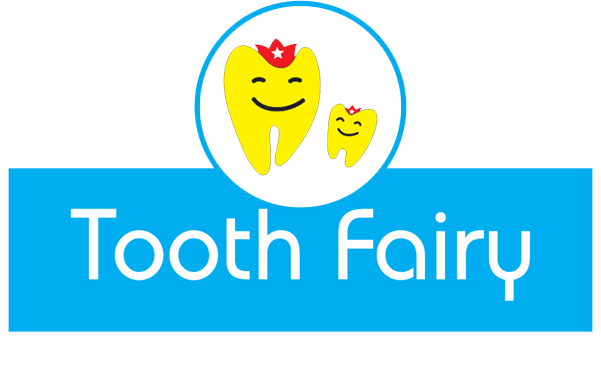What causes cavities in milk teeth/baby teeth?
The white sticky gooey stuff that is hard to clean off! That stuff is called bacterial plaque or simply ‘plaque’, and is made up of millions of bacteria. Even when babies are not eating solid food, plaque can form on their teeth.
Plaque is a complex bacterial ecosystem that firms adheres to teeth and can relatively easily get established in a child’s mouth as early as 9 months of age! Therefore it’s important to start brushing your baby’s teeth as soon as they appear in the mouth.
How are cavities formed?
The plaque bacteria breakdown sugars in baby’s milk into lactic acid (what is food for your baby is also the food for the bacteria in the plaque!). Over time, this acid slowly dissolves the calcium in the enamel (decalcification) and erodes it away.
From here, it can go downhill with the tooth necks (near the gumline) turning yellow/Brown and gradually the tooth looks like small black stumps!
How soon does this happen?
In my experience as a pediatric dentist, I see children go from decalcification to caries (cavities) as fast as 6 to 8 weeks!!
What increases the risk?
Milk at bedtime! Never let the baby fall asleep with a bottle.
How do I brush my baby’s teeth?
For babies less than a year old, use a finger brush (a soft silicone rubber sleeve that can be worn around the index finger).
For children above 15 months of age, a soft bristled baby brush should be used. For children 6 to 12 years, a junior brush is recommended and thereafter a regular adult toothbrush can be used .Children don’t have the manual dexterity to brush on their own until they are about 7 to 9 years of age. Therefore children less than 6 should be brushed by their parents and thereafter children have to brush under parental supervision .
For children less than 6, use a knee-to-knee position where the parents sit facing each other on two chairs of the same height to form a cradle. This helps is good visualisation. Once a week, perform a cursory ‘lift the lip’ exam.
The knee-to-knee can also be done sitting on the floor.
In case of a single parent, a bed or a bench can be used and the baby’s head gently yet firmly supported by the parents knee (see image).
How much toothpaste? For children below 3, use a smear size (about the size of a long grain rice). For those above 3, use a small pea sized amount.
Which toothpaste? Ideally, a child’s tooth paste should be- non foaming, low abrasive, low/non fluoride and non flavoured. (check out my answer to choosing a toothpaste for your child).
Any tips/aids/suggestions?
1.Use a disclosing tablet/solution for kids keen on wanting to brush on their own (usually at age 4–5). Disclosing solutions are made of food dyes that stain only plaque deposits so that children can see the plaque in color. This motivates them to brush better.
2.Use a timer
3.Play an animation on iPad
4.Make it a game
5.Make it a fixed daily routine so that it becomes a habit and children develop positive attitudes to health and hygiene.
6.Start early. Its easy. If introduced later (say above 3), it’s difficult for children to accept it and may take a long time to get accustomed to.
7.Don’t make it seem like a punishment. Be supportive and encouraging. Also best way to do it is to do it with them. Children see – children do! For Experts Advise Please connect.

